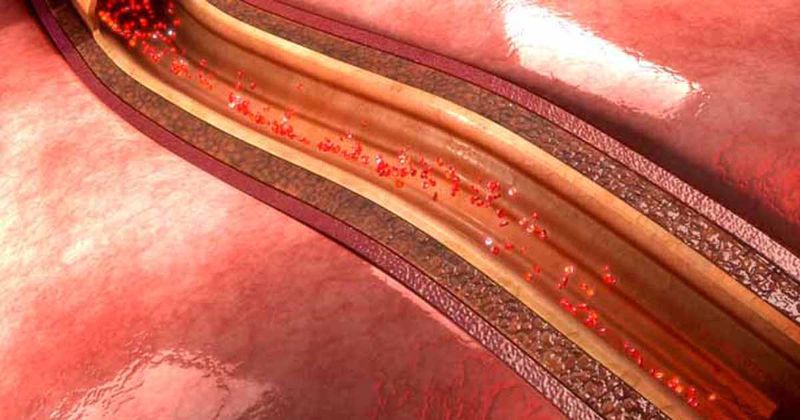On-site FFR-CT using machine learning reduces invasive procedures in stable CAD
NEW ORLEANS — In patients with stable CAD, use of CT-derived fractional flow reserve with on-site machine learning reduced invasive coronary angiography in those who did not need it, but did not improve other outcomes, researchers reported.
For the TARGET trial, presented at the American College of Cardiology Scientific Session and simultaneously published in Circulation, the researchers randomly assigned 1,216 patients with stable CAD and intermediate stenosis of 30% to 90% on coronary CTA to receive an on-site FFR-CT care pathway (DeepVessel FFR, Keya Medical) using machine learning or to standard care.

Image: Adobe Stock
The FFR-CT care pathway included a deep neural network to extract vascular structure and bidirectional long-term recurrent neural networks to calculate FFR, Yundai Chen, MD, from the department of cardiology at Chinese PLA General Hospital, Beijing, said during a presentation.
The primary endpoint was the proportion of patients who underwent invasive coronary angiography despite no obstructive CAD or who did not undergo intervention within 90 days despite obstructive CAD. Secondary endpoints included major adverse CV events (MACE), defined as hospitalization for unstable angina, revascularization after 90 days, nonfatal MI or CV death, quality of life, angina symptoms and medical costs, all at 1 year.
In the FFR-CT group, 69.2% of patients underwent invasive coronary angiography compared with 79.4% in the standard care group, according to the researchers.
The primary outcome occurred in 28.3% of the FFR-CT group and 46.2% of the standard care group (P < .001), Chen and colleagues found.
“This was mainly driven by the reduction in the proportion of the patients found to have no obstructive CAD in the FFR-CT group,” Chen said during the presentation.
More patients in the FFR-CT group underwent revascularization (49.7% vs. 42.8%; P = .02), but there was no difference between the groups in MACE at 1 year (HR = 0.88; 95% CI, 0.59-1.3), Chen said.
There also was no difference between the groups at 1 year in the following Seattle Angina Questionnaire parameters: physical limitation score (P = .16), angina frequency (P = .13), quality of life (P = .79) and overall summary score (P = .15), according to the researchers.
Mean total costs (P = .07) and median costs (P = .13) trended toward favoring the FFR-CT group, but were not statistically significant, according to the researchers.
“On-site FFR-CT strategy can play an important role in the management of intermediate- to high-risk patients with stable chest pain, and further consolidate the role of coronary CTA as a ‘gatekeeper’ of the cath lab,” Chen said during the presentation. “An on-site FFR-CT strategy is pragmatic and may be preferred to meet the demand of clinical practice under various clinical settings.”
In a discussion after the presentation, Brian B. Ghoshhajra, MD, MBA, division chief of cardiovascular imaging in the department of radiology at Massachusetts General Hospital and associate professor of radiology at Harvard Medical School, noted that nothing like the FFR-CT system in the study is available in the U.S. The only FFR-CT system approved by the FDA (HeartFlow) involves the images being sent to a central repository for analysis.


